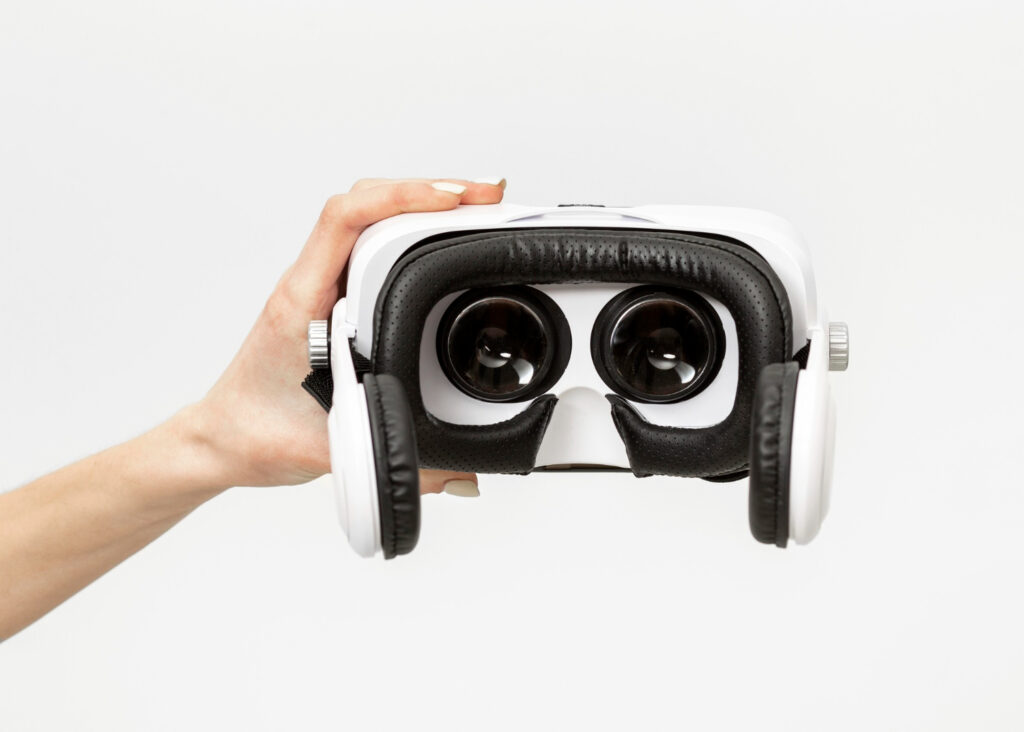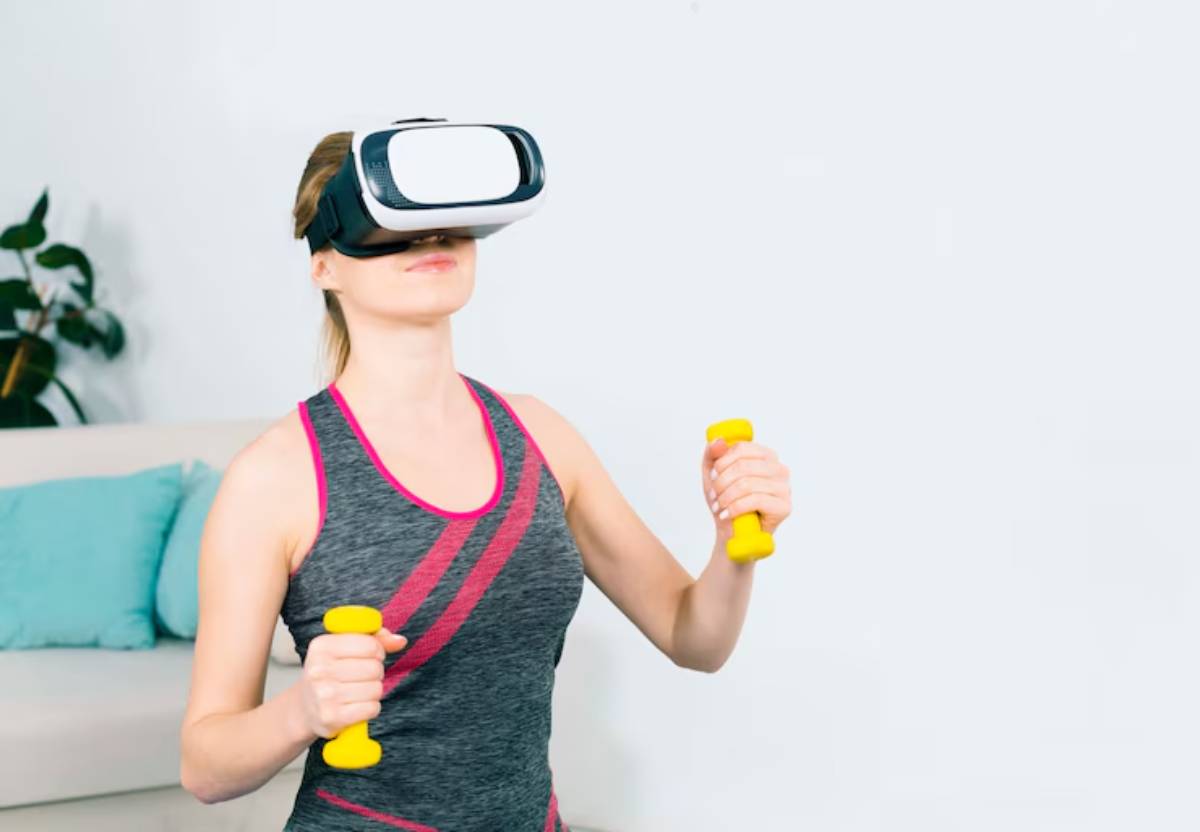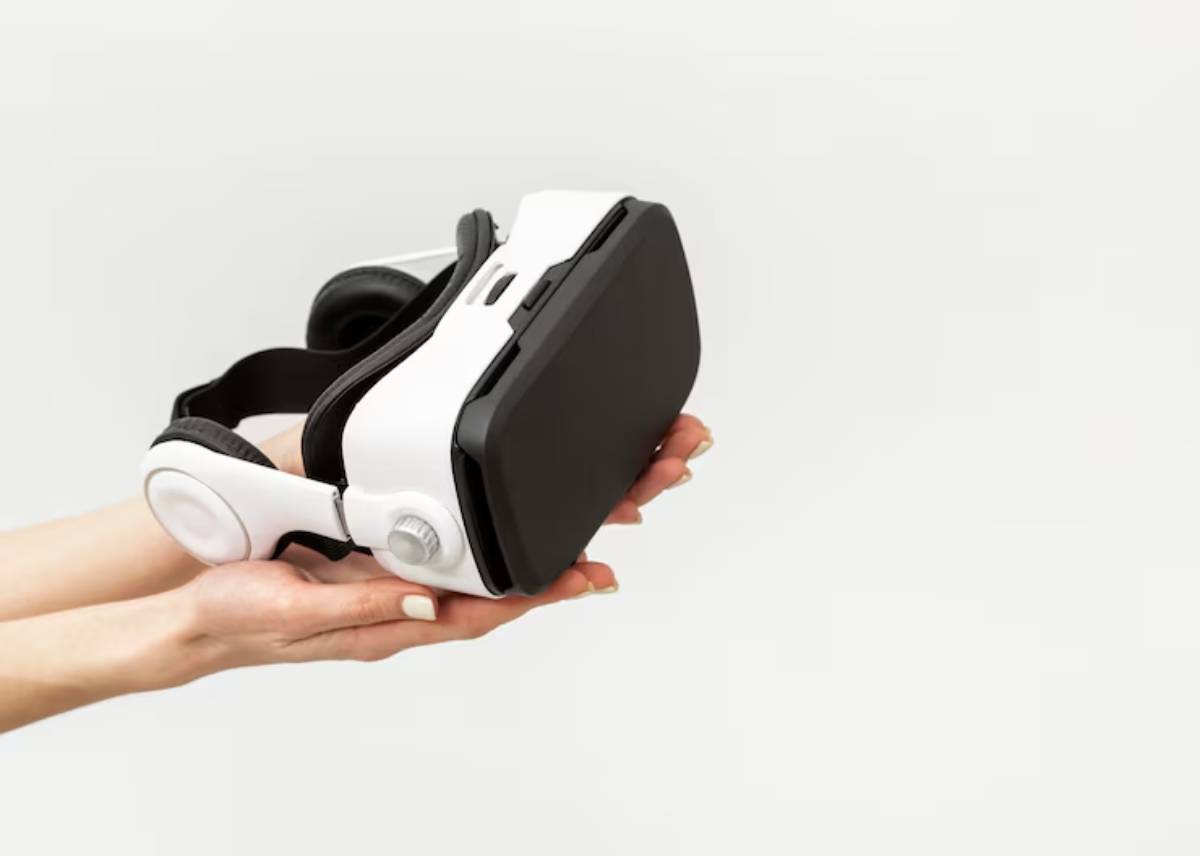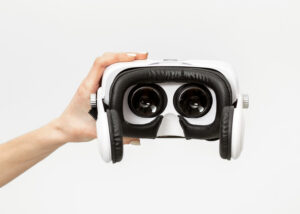The Gaming Blog

Lens Fog & Scratch Resistance: A Comparison
Imagine loading into your favourite VR game only to be greeted by a blurry mess or fogged-up lenses. Frustrating, right? Whether you’re breaking a sweat in a workout app or switching between users, lens fog and scratches can seriously ruin your immersion.
In the world of virtual reality, clarity is king. That makes vr lens protection a top priority — not just for high-end enthusiasts but for everyday users too.
In this post, we’ll break down what causes lens fog, how to prevent scratches, and which VR headsets perform best in these categories. If you want to maintain pristine visuals for years (not just weeks), this guide is for you.
What Causes Lens Fog in VR Headsets?

Fogging occurs when warm air from your body meets the cooler surface of the headset lenses. It’s the same principle as glasses fogging when you come indoors from the cold — except in VR, it happens faster.
Common Triggers:
- Heavy physical activity (VR workouts, fast-paced games)
- Temperature differences (cold rooms, warm faces)
- Sweaty users or poor airflow
- Using glasses inside headsets (adds more surfaces to trap moisture)
Without proper ventilation or anti-fog features, your lenses can fog up in seconds — especially during fitness sessions or shared play.
What Makes a Lens Scratch-Resistant?

Scratches happen more often than most users realise. Whether it’s from cleaning with the wrong cloth, touching lenses by accident, or stacking the headset carelessly, one scratch is all it takes to distort visuals permanently.
Key Factors for Scratch Protection:
- Lens coating (some headsets include anti-scratch films)
- Material hardness (plastic lenses scratch more easily than glass)
- Protective storage (lens covers or cases)
- Proper cleaning routines (microfibre cloths only!)
Not all VR lenses are created equal — so let’s look at how different headsets perform under pressure.
Anti-Fog & Scratch-Proof Performance: Headsets Compared

Meta Quest 3
Fog Resistance: ★★★☆☆ Scratch Resistance: ★★★★☆
Meta’s latest headset shows improvement over the Quest 2. The redesigned ventilation helps slightly with fogging, though intense workouts can still cause issues. The lenses are fairly durable with proper care.
Best Features:
- Built-in passive vents
- Compatible with third-party anti-fog lens inserts
- Available lens covers for protection
Watch out for:
- Still fogs during cardio-heavy use
- No native anti-fog coating on lenses
If you’re a daily user, pairing this with the right vr face cover can significantly reduce sweat and fog issues.
Pico 4
Fog Resistance: ★★★★☆ Scratch Resistance: ★★★★☆
Pico’s design prioritises airflow and user comfort. It features a better nose cutout and slightly more breathable padding. While the lens material is still vulnerable to rough clothes or glasses, it holds up well with proper care.
Best Features:
- Superior airflow due to the halo strap design
- Compatible with wipeable face pads
- Wide FOV reduces the “sweat tunnel” effect
Watch out for:
- No included lens cover
- Lenses fog with extreme temperature swings
HTC Vive XR Elite
Fog Resistance: ★★★★★ Scratch Resistance: ★★★★★
HTC’s premium headset takes the lead with active ventilation and multi-layer lens protection. It’s designed for long sessions, hot environments, and professional-grade use.
Best Features:
- Active cooling system
- Anti-fog lens treatment
- Removable face cushion for airflow
- Optical-grade glass with high durability
Watch out for:
- Price point is high
- Requires maintenance to keep ventilation ports clear
Verdict: One of the best headsets available for users who sweat, share, or play hard.
Valve Index
Fog Resistance: ★★★☆☆ Scratch Resistance: ★★★★☆
The Index has excellent visual clarity and strong lens durability but lacks modern airflow solutions. Users report fogging during long or high-movement sessions.
Best Features:
- High-quality lenses with strong clarity
- Comfortable facial interface reduces sweat pooling
- Lens protectors available separately
Watch out for:
- No active cooling
- Slightly heavier lens rings prone to scuffs without covers
PlayStation VR2
Fog Resistance: ★★★★☆ Scratch Resistance: ★★★☆☆
Sony’s PSVR2 offers a decent level of fog prevention thanks to its well-designed nose flap and airflow. However, the lenses are vulnerable to micro-scratches if not cleaned or stored properly.
Best Features:
- Sleek ergonomic face shield design
- Secure fit prevents hot air pockets
- Good compatibility with wipeable accessories
Watch out for:
- Limited scratch resistance
- Users should invest in lens protectors
Anti-Fog Accessories That Actually Work
Adding the right gear can drastically cut down on lens fogging and wear.
Top Tools:
- Lens Inserts with Anti-Fog Coating: Some prescription and non-prescription inserts include hydrophobic coatings.
- Microfibre Wipes: Never use clothing or paper towels! These protect lens coatings and prevent scuffs.
- Silicone Nose Guards: Reduce air trapped around the lens base.
- Cooling Fans or Mods: Some third-party headsets offer internal fan add-ons that work wonders.
If you play in shared spaces or exercise in VR regularly, pairing these tools with hygiene practices is essential — just like those discussed in our guide on sharing a VR headset at home.
Cleaning Best Practices for Scratch-Free Lenses
Do:
- Use a clean, dry microfibre cloth
- Store your headset with lens protectors
- Clean lenses after they’ve cooled down, not immediately post-use
- Blow away dust with compressed air before wiping
Don’t:
- Use paper towels, shirts, or harsh cleaners
- Touch the lenses directly with your fingers
- Leave the headset exposed without a case
- Over-saturate the lens area with cleaning sprays
Lens Design Innovation: What’s Next?
Manufacturers are exploring:
- Self-cleaning lenses with nanocoatings
- Condensation sensors for real-time fog management
- Scratch-resistant polymers that are lighter than glass
- Anti-glare filters baked into the lens
These innovations will play a major role as VR becomes more common in education, fitness, and social spaces. We’re already seeing prototypes that address not just visuals, but eye health and cleanliness.
Conclusion: Protect Your View, Protect Your Investment
When it comes to VR, lens care isn’t optional — it’s essential. Whether you’re dodging punches in a boxing sim or exploring virtual landscapes, fog and scratches can derail your experience in seconds.
Invest in a headset that suits your lifestyle and pair it with basic protection habits. From fans and face covers to lens shields and cleaning routines, the little things make a big difference.
Don’t let fog or scratches be the reason you miss out on the magic of VR. Choose wisely, play clearly, and protect your vision.









